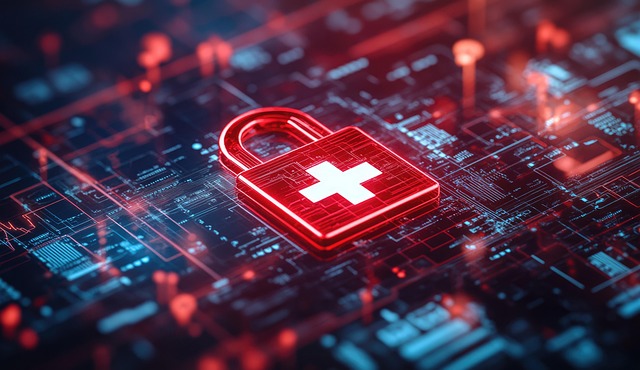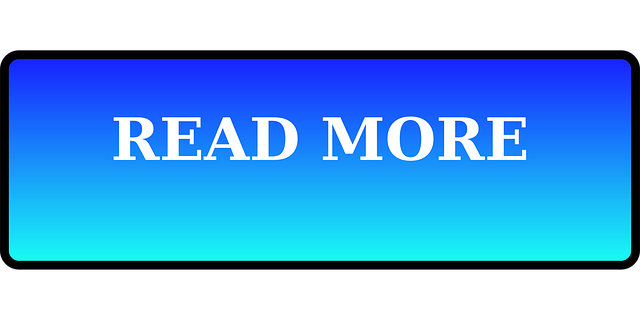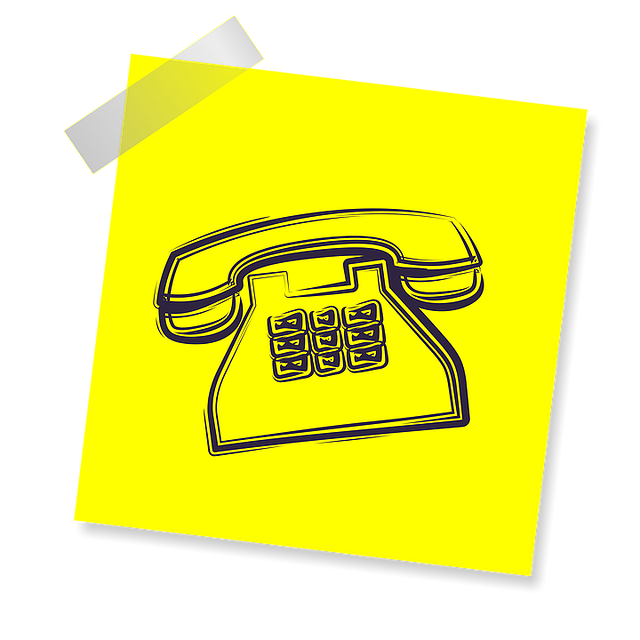Reminder calls, powered by technology like SMS, email, and live voice messages, significantly reduce patient no-shows in healthcare. By proactively notifying patients about appointments, these tools improve medical attendance rates, optimize resource allocation, and foster patient engagement, ultimately enhancing care outcomes, especially in underserved areas. Data-driven analysis tracks success and informs strategy adjustments to minimize no-shows.
In the digital age, improving patient attendance is more accessible than ever with technology-driven reminder systems. Medical practices struggle with high no-show rates, leading to inefficient resource allocation and reduced revenue. This article explores how SMS, email, and call reminders can significantly reduce these losses. We delve into the effectiveness of automated technologies, the benefits of personalized messaging, and practical steps for implementation. Discover how simple yet powerful reminder calls can transform patient engagement and boost attendance rates.
- Understanding Patient No-Shows: A Prevalent Issue
- The Role of Technology in Reminder Systems
- SMS, Email, and Call Reminders: Effective Strategies
- Personalized Messaging for Better Engagement
- Implementing Automated Reminder Tools
- Measuring Success: Tracking Attendance Rates
Understanding Patient No-Shows: A Prevalent Issue

Patient no-shows are a significant challenge in healthcare settings, impacting both patient care and resource allocation. Studies show that a substantial number of patients fail to attend scheduled appointments, leading to delays and potential consequences for their health. This issue is not only costly for medical facilities but also detrimental to the overall efficiency of healthcare services. No-shows can disrupt treatment plans, cause scheduling chaos, and even result in missed diagnostic opportunities.
Understanding patient no-shows as a prevalent issue is essential in the context of healthcare scheduling reminders. Reminder calls, when effectively implemented, have proven to be a powerful tool to combat this problem. A reminder call service can significantly improve medical attendance rates by gently nudging patients to confirm their appointments and showing up on time. This simple yet effective strategy ensures that medical professionals can better manage their schedules and provide uninterrupted care to those who need it.
The Role of Technology in Reminder Systems

In today’s digital era, technology-driven reminder systems have emerged as a powerful tool to enhance patient engagement and improve medical attendance rates. These innovative solutions go beyond traditional methods by utilizing SMS, email, and voice calls to proactively notify patients about their upcoming appointments. By automating clinic reminder automation, healthcare providers can significantly reduce no-show rates and boost medical attendance boost.
The integration of reminder call services into healthcare practices streamlines the communication process, ensuring that patients receive timely reminders. This not only helps in managing patient schedules efficiently but also fosters a sense of accountability among attendees. In light of these advancements, it’s clear that technology plays a pivotal role in reshaping how medical institutions maintain and optimize patient turnout, ultimately contributing to better healthcare outcomes.
SMS, Email, and Call Reminders: Effective Strategies

SMS, email, and reminder calls have emerged as powerful tools to combat patient no-shows and enhance medical attendance rates. These technology-driven strategies offer a multi-channel approach to reaching patients, ensuring they receive timely notifications about their appointments. For instance, SMS reminders are highly effective due to their immediate delivery and the personal nature of text messages, allowing healthcare providers to reach patients directly on their mobile devices.
Email reminders provide a more detailed and informative approach, suitable for complex medical schedules or explaining important pre-appointment instructions. Meanwhile, reminder calls offer a direct line of communication, with live agents reaching patients over the phone to confirm attendance. Integrating these strategies into healthcare scheduling reminders can significantly boost medical attendance, ensuring patients are well-informed and engaged in their own care.
Personalized Messaging for Better Engagement

Personalized messaging is a powerful tool to enhance patient engagement and improve medical attendance rates. By tailoring reminder messages to individual patients, healthcare providers can create a sense of connection and encourage participation. For instance, sending a friendly SMS or email reminding a patient about an upcoming appointment with their specific doctor’s name can make them feel valued and more likely to attend. This level of personalization goes beyond generic scheduling reminders, fostering better patient-provider relationships.
This approach not only reduces no-shows but also boosts medical attendance boost by making patients feel heard and understood. Clinic reminder automation systems that incorporate personalized messaging can effectively manage healthcare scheduling reminders, ensuring timely communication. These strategies are particularly beneficial for remote or underserved communities where transport or other logistical issues might otherwise prevent patients from keeping their appointments.
Implementing Automated Reminder Tools

Implementing automated reminder tools is a strategic move for medical practices to enhance patient engagement and reduce no-show rates. These innovative solutions allow healthcare providers to send personalized reminders via SMS, email, or voice calls, ensuring patients are well-informed about their upcoming appointments. With just a few clicks, healthcare facilities can automate the entire process, from sending invitations to rescheduling or canceling appointments based on patient responses.
Clinic reminder automation offers numerous benefits, including improved medical attendance boost and efficient use of resources. By leveraging technology, practices can free up administrative time, allowing staff to focus on direct patient care. Additionally, reminder call services have been proven to increase patient loyalty and satisfaction by demonstrating a commitment to their well-being and timely access to healthcare services.
Measuring Success: Tracking Attendance Rates

Measuring success is a vital step in evaluating the effectiveness of technology-driven reminder systems. By tracking attendance rates before and after implementing reminder calls, emails, or SMS, healthcare providers can gauge the impact on patient turnout. This data-driven approach allows for a clear understanding of which strategies are working and where improvements can be made. For instance, a clinic using a reminder call service might notice a significant increase in attended appointments, especially when compared to previous records.
Clinic reminder automation tools provide an efficient way to monitor these trends over time. By analyzing attendance data, healthcare administrators can identify patterns and make informed decisions. This could involve optimizing the timing of reminders or tailoring messages for different patient demographics to boost medical attendance rates even further. The ultimate goal is to minimize no-shows, ensuring that appointments are utilized effectively and patients receive the care they need.
